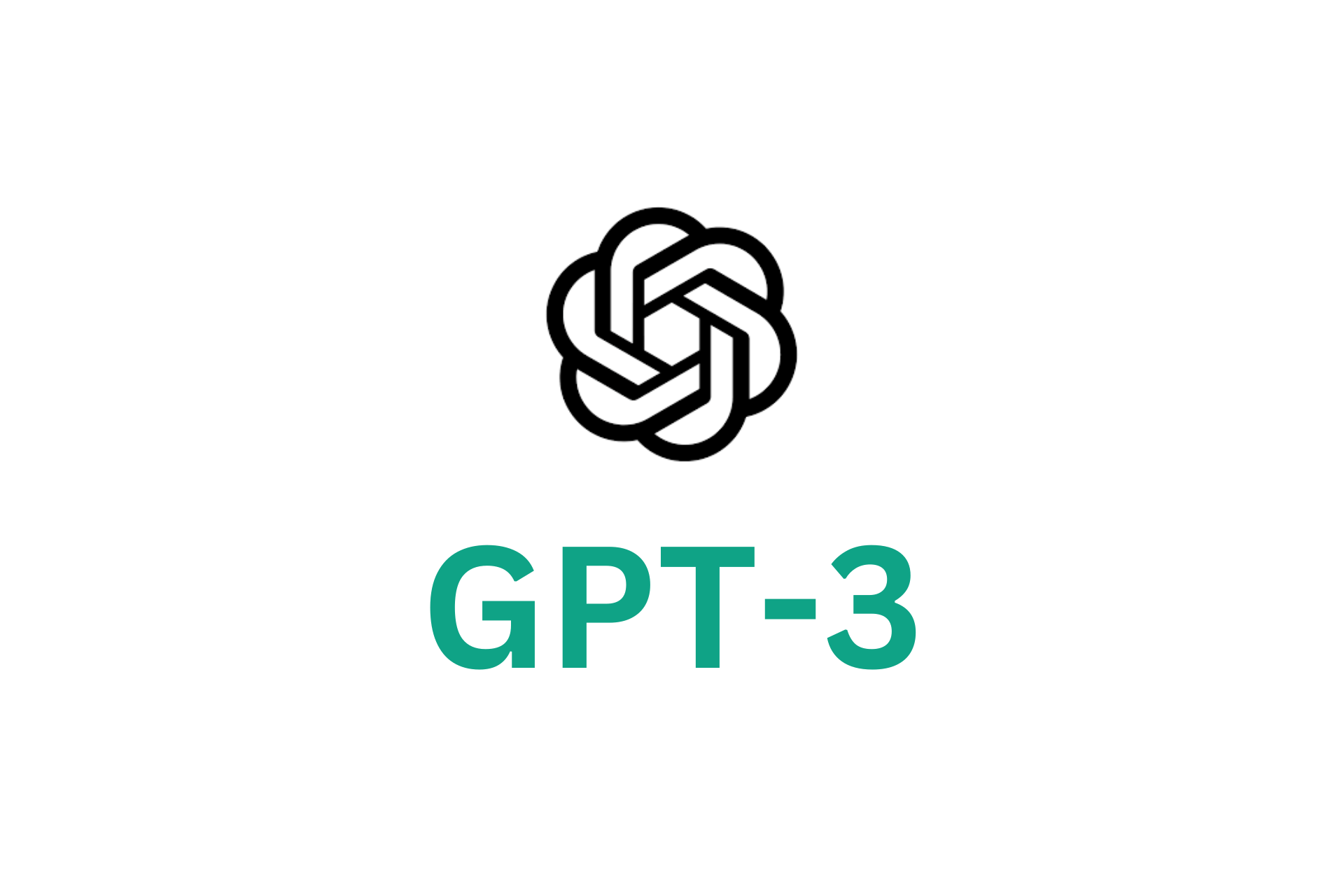Developed by OpenAI, GPT-3 is a family of large language models that use AI to produce human-sounding text. It is the third iteration of OpenAI’s Generative Pre-trained Transformer (GPT) model.
It uses a deep neural network with 175 billion parameters to generate human-like text based on a given prompt. it is bigger and better than its early predecessor model, GPT-2 (1.5 billion parameters).
Being task-agnostic, this model can perform specified tasks with very few or no further fine-tuning, demo content, or external data.
Having been introduced to the public in May of 2020, GPT-3 is considered a breakthrough in natural language processing (NLP) as it’s the first to create text that is both syntactically and semantically correct. The latest variant, ChatGPT, saw OpenAI garner 100 million users within two months of its launch.
GPT-3 Applications
GPT-3 has the potential to revolutionize the way we interact with machines, automate tedious tasks, and generate content.
It can be used in natural language generation (NLG) such as:
- Automated customer support,
- Generating, completing, and explaining code,
- Summarization of documents, and
- Generation of entire articles with minimal human intervention.
GPT-3 can also be used in natural language understanding (NLU) such as:
- Answering questions,
- Sentiment analysis,
- Text classification,
- Translating documents to other languages, and
- Explaining concepts.
GPT-3 is also becoming popularly used in creative writing such as story generation and poetry composition.
How does GPT-3 work?
Being a language prediction model, GPT-3 uses AI to predict the next word in a sentence based on the words that have come before it. To do this, GPT-3 takes into account the entire context of a sentence and looks at patterns in language.
The model works by tokenizing a given text into small pieces, known as tokens, which it then uses to predict the next token. GPT-3 has a large vocabulary (from data it was pre-trained on) and is able to generate text that sounds natural and is grammatically correct.




